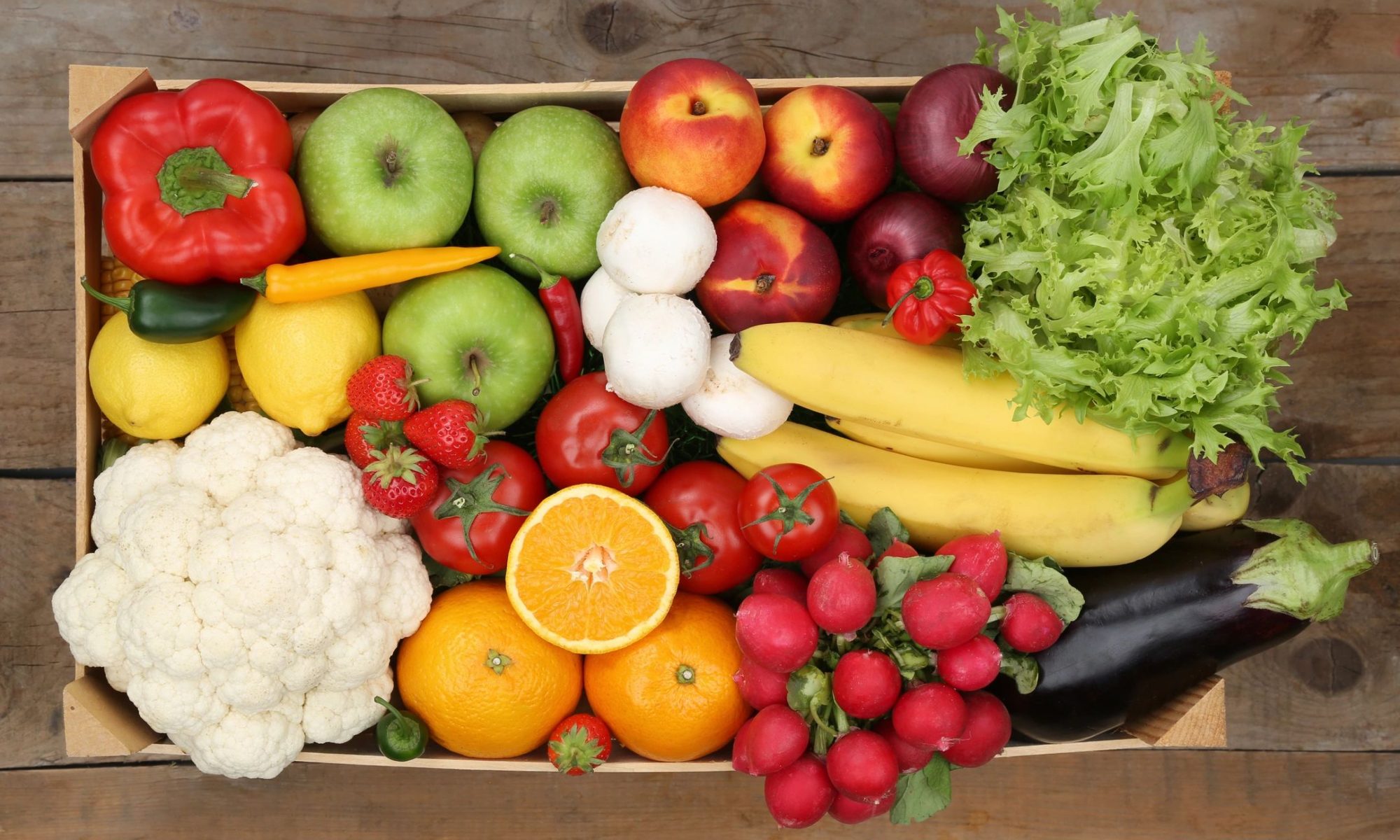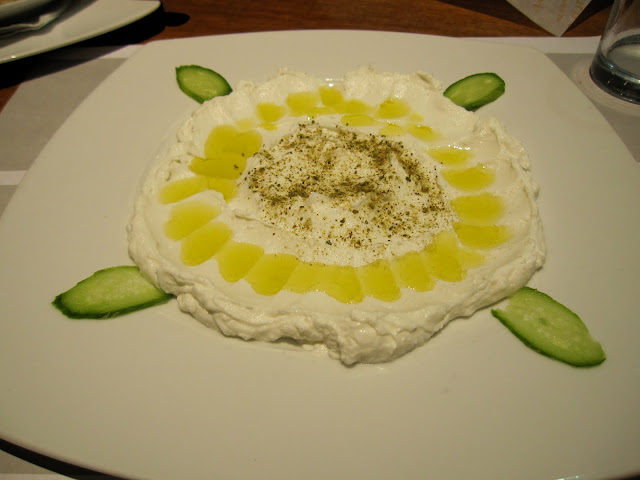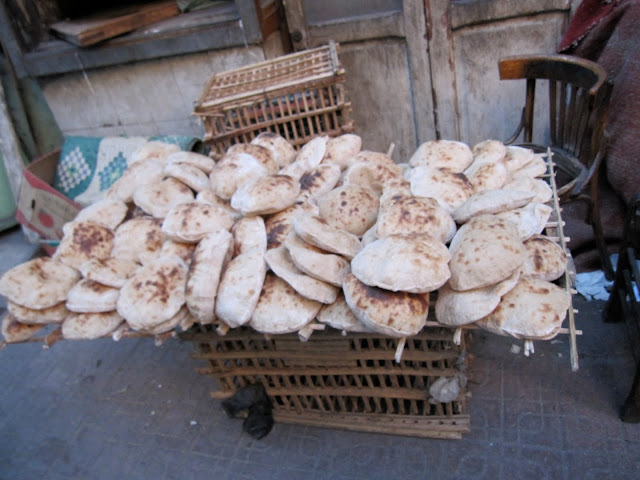Simple. Delicious. Exotic. More flexible than your yoga instructor. And a great way to perk up those winter fruits you’re tiring of as March rains make way for Spring.
I made this compote when a friend recently challenged me to come up with a simple non-dairy dessert for brunch. It packed well into tupperware, and I brought it over to her house still warm. Dazzling. And still sparkling for breakfast the next day when served cold with a dollop of thick yogurt.
If your dried apricots are less than perfectly plump — no problem. Simply start out by soaking them for about 10 minutes in hot water, wine, in orange juice to plump them up. This process is called maceration, a fancy word that you can throw around and impress your friends. You can add the macerating liquid directly to the compote for extra flavor.
Rosewater is available in Middle Eastern groceries. Use it sparingly — its scent is divine, but you can have too much of a good thing. You can also macerate the dried fruit in the rosewater, or mix rosewater with water and spices for the macerating liquid, but be careful: rosewater can be overpowering.
Mix and match the fresh and dried fruits according to what you have on hand. Here, I use a mix of apples, Bartlett pears, and dried apricots. A pinch or two of salt will help imperfect, underripe, tired winter fruit shine. Oranges might have been interesting added to the mix, and prunes could add depth and contrasting color. Toasted almonds could change the whole dish. Experiment.
The fruit cooks slowly, leaving you plenty of time to go and do other things, like commenting on this blog post to share your own variation on this recipe. You can even make this recipe a day ahead.
This recipe was inspired by Mollie Katzen’s fruit compote recipes in her great ode to breakfast, Sunlight Cafe. And it was also inspired by Morocco, of course — one of my favorite culinary muses.
fruit compote recipes in her great ode to breakfast, Sunlight Cafe. And it was also inspired by Morocco, of course — one of my favorite culinary muses.
Work Time: 10 minutes, after chopping the fruit
Total Time: 40 minutes
Serves: 6
Ingredients:
2 lbs fresh winter fruit, cut into 1.5 inch chunks, peeled if desired (apples, pears, oranges, bananas, maybe grapefruit, etc.)
2 T fresh lemon juice
1 C dried fruit (apricots, prunes, figs, etc.)
1-2 T maple syrup, honey, or agave (to taste; desired amount will vary with sweetness of fruit)
Dash of cinnamon (to taste)
Dash of other sweet spices (cardamom, allspice, nutmeg, ginger, cloves)
Dash of salt (optional)
1 C walnut pieces, toasted if desired, or other nuts (almonds, pecans, etc.)
1-3 teaspoons rosewater, to taste (be careful not to overwhelm with too much of a good thing).
1) Place fruit in a saucepan. Cover and cook slowly over medium heat, stirring about every 5 minutes. (If using Bosc pears, you may need to add a bit of extra water in step 1 to keep them moist).
2) After about 30 minutes, stir in lemon juice, dried fruit, and salt (if using). Cook for another 10 minutes. Meanwhile, toast the nuts, if desired.
3) Stir in sweetener, cinnamon and other spices. Turn off the heat.
4) Sprinkle sparingly with rosewater, to taste, and taste to adjust the seasoning, salt, and sweetener.
5) Inhale the heavenly smell.
6) Serve warm, room temperature, or cold, plain, topped with yogurt, creme fraiche, whipped cream, soft cheese, or even ice cream.



 Labneh
Labneh







